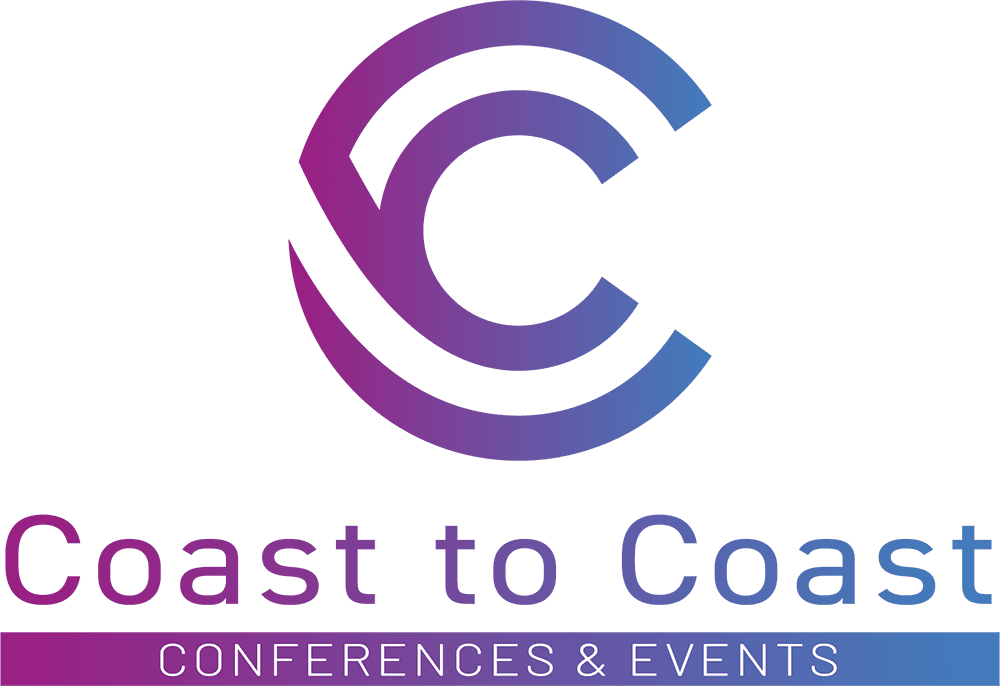Ever wondered why some events leave a lasting impression while others fade away? The secret often lies in a seemingly simple yet powerful element: event stage design.
Stage design isn’t just about aesthetics; it’s about creating an immersive, memorable experience that resonates deeply with your audience. Let’s dive into what makes stage design so impactful and how you can leverage it to elevate your next event.
1. First Impressions Matter!
The stage is often the first thing attendees notice when they enter an event. It sets the tone and provides a glimpse into the event’s promise. A striking, thoughtfully designed stage captures attention, sparks curiosity, and creates a powerful first impression.
Tip: Design a stage that aligns with your event’s theme while grabbing attention. Use bold visuals, dynamic layouts, and thematic elements to intrigue attendees from the moment they walk in.
2. Ensure Your Brand Shines Through
The stage isn’t just a platform—it’s a canvas for your brand. Incorporating your logo, brand colors, and messaging into the stage design reinforces brand visibility and ensures your event is uniquely yours.
Tip: Collaborate with a creative event planning team to seamlessly integrate your brand into every element of the stage, from backdrops to lighting, while keeping it visually appealing and impactful.
3. Engage Your Audience
A well-designed stage captivates your audience and keeps them engaged. Features like large screens, dynamic lighting, and interactive displays turn passive attendees into active participants, enhancing the overall event experience.
Tip: Use advanced technology and interactive elements to make the stage a focal point of engagement. Think about ways to keep your audience intrigued throughout the event.
4. Enhance Content Delivery
The stage is the heart of content delivery. Its design should prioritize visibility and functionality, ensuring speakers can effectively communicate and presentations flow smoothly.
Tip: Focus on the strategic placement of podiums, screens, and microphones to enhance visibility and accessibility. Evaluate how your stage design supports seamless content delivery.
5. Set the Mood!
Lighting, backdrops, and props can transform your stage into an immersive environment that aligns with your event’s theme. The mood you create on stage plays a pivotal role in shaping audience perception and experience.
Tip: Use lighting and design elements creatively to evoke the desired atmosphere. Ensure that your stage reflects the tone and message of your event.
6. Is Your Stage Instagram-Worthy?
In the era of social media, a visually stunning stage is an opportunity to amplify your event’s reach. An Instagram-worthy stage encourages attendees to share photos and videos, boosting exposure.
Tip: Include photogenic design elements that will look great in social media posts. Encourage attendees to share their experiences by creating a hashtag or social media challenge.
7. Leave a Lasting Impression
A unique and impactful stage design ensures your event is remembered long after it ends. Attendees who leave with vivid memories of a stunning stage are more likely to recall your brand and message.
Tip: Design your stage to be distinctive and memorable. Incorporate innovative elements that make it a highlight of your event.
The Strategic Importance of Stage Design
Event stage design is more than just decoration—it’s a strategic tool that can elevate your event’s success. From creating strong first impressions and reinforcing branding to enhancing content delivery and engaging your audience, the right stage design ties everything together.
As you plan your next event, ask yourself: “How can my stage design enhance the attendee experience and amplify my brand’s message?”
By prioritizing stage design, you can ensure your event is not just impactful but unforgettable. Let your stage set the scene for success!






